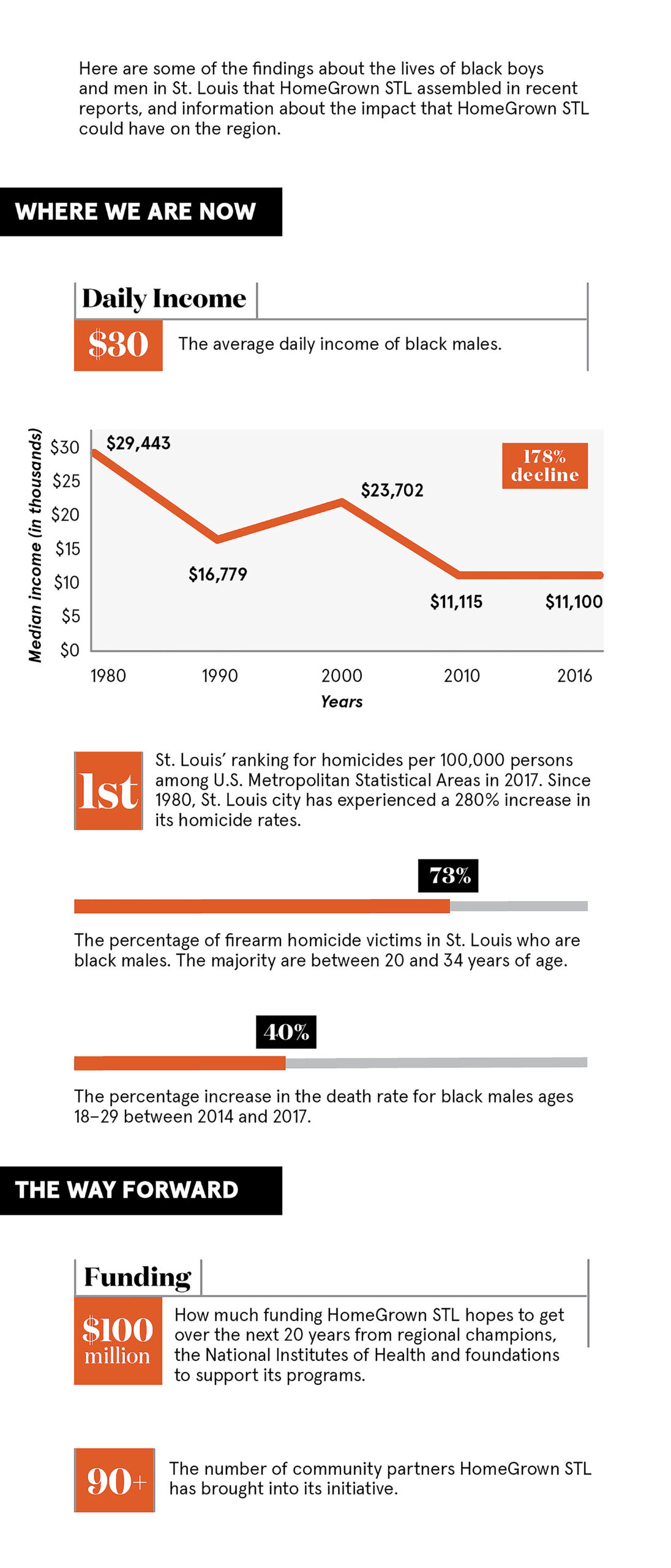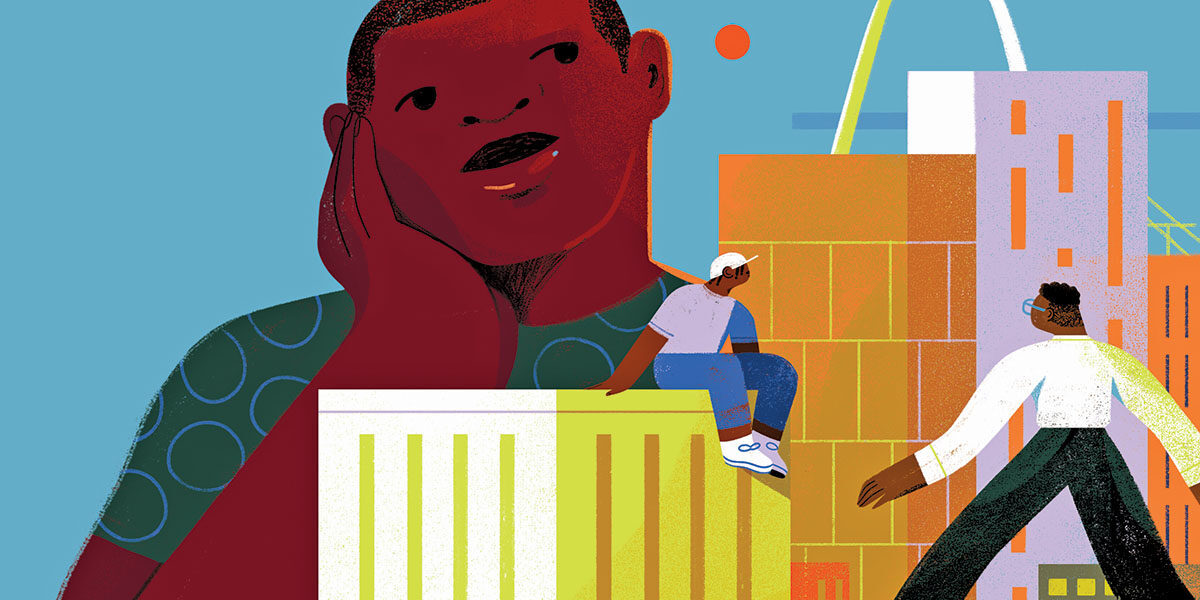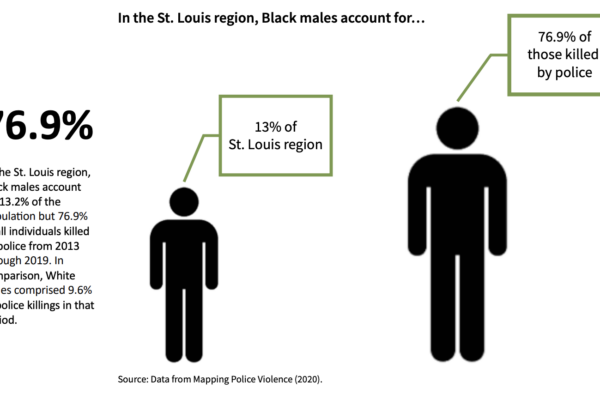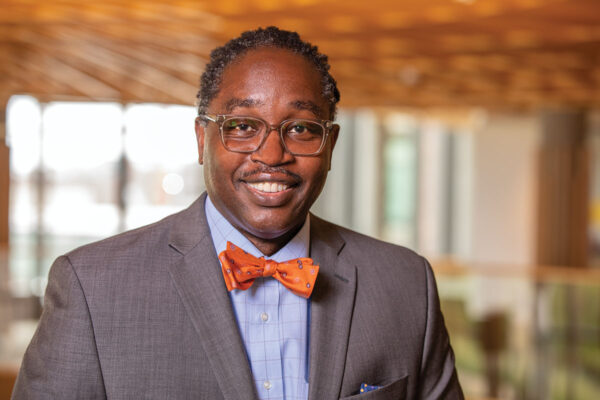On Aug. 9, 2014, Michael Brown, an unarmed black teenager, was shot and killed by a white police officer in Ferguson, Missouri. The next day, Sean Joe, the Benjamin E. Youngdahl Professor of Social Development, arrived in St. Louis. When he’d been considering the move to St. Louis, he’d thought the city was ripe for a population-wide initiative for black males. Now he saw that the need for intervention was urgent.
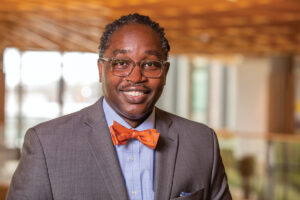
“The experience of young black males was represented by the experience of Michael Brown and others who have followed over the years,” says Joe, also associate dean for faculty and research at the Brown School. In the United States, for black males ages 18-29, homicide is a leading cause of death whether by the police or a peer.
“Black boys are vulnerable,” Joe says. “They’re seen as different. They’re seen as bigger, bigger than they actually are physically, just like Michael Brown. There’s not enough empathy for young black males.”
Joe hopes to change that with HomeGrown STL, an initiative he started working on almost as soon as he arrived in St. Louis. Housed in the Race and Opportunity Lab in the Center for Social Development at the Brown School, HomeGrown STL hopes to improve the social mobility of the region’s 60,000 black boys and young men, ages 12-29, in one generation—by the year 2039. Social mobility is defined as the ability of black boys and men to move upward and attain a better life than their parents.
Changing the lives of 60,000 people is a huge community science undertaking. These last few years have been spent in securing funding, doing research on the current social mobility of the lives of black boys and men in the St. Louis metro area, designing key strategies, and organizing key stakeholders around the initiative.
So far, HomeGrown STL has been awarded $2.5 million from the National Institutes of Health and has been named a “Community to Watch” by the Obama Foundation’s My Brother’s Keeper Alliance (MBK). Former President Barack Obama launched MBK to “address the persistent opportunity gaps faced by boys and young men of color.” The alliance will provide support and technical assistance to strengthen funding proposals.
In February 2019, HomeGrown STL started a Catchment Area Pilot, with the goal of improving the lives of 8,000 black boys and young men ages 12-19 and developing a strategy to scale up for the region.
“We’ll see the benefits in a variety of systems when black males are prospering and doing well,” Joe says. “It will change not only the black male experience, but St. Louis’ economic power as well.”
